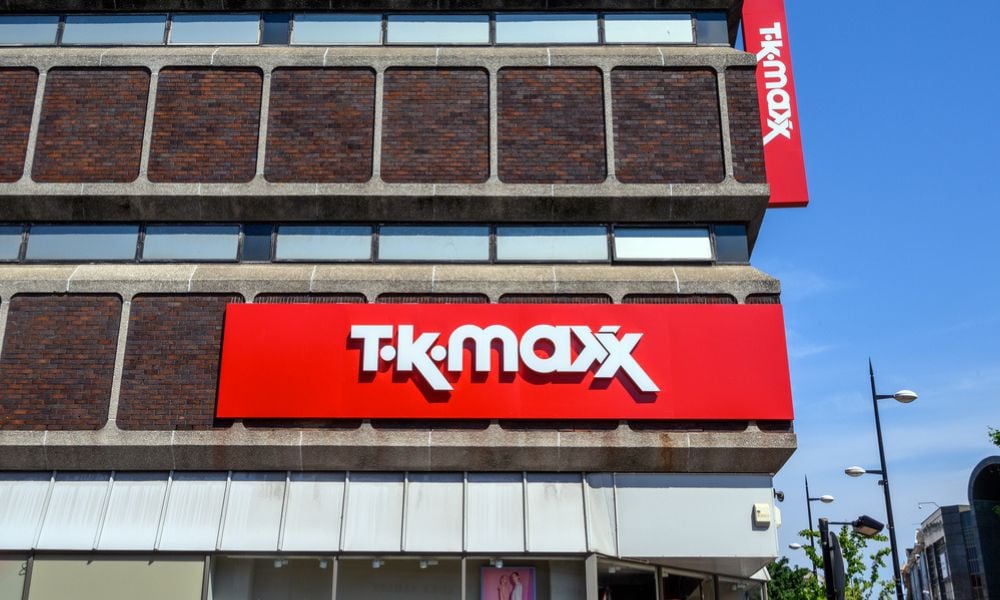Demand for good OHS professionals has increased significantly in recent times. Duane Tonkin, managing director of the National Safety Group, looks at some strategies for attracting and retaining good OHS professionals
Demand for good OHS professionals has increased significantly in recent times. Duane Tonkin, managing director of the National Safety Group, looks at some strategies for attracting and retaining good OHS professionals
HR professionals need to be aware of current market salary parameters for the OHS industry and also possess a strong knowledge of the level of skill required for the business. Of major importance is the need for HR to have an awareness and a strong understanding of their organisation’s genuine commitment to its safety culture.
We have found many instances where HR professionals “talk up” their organisation’s total commitment to safety when the organisation actually has a poor safety record. This leads to a breakdown in the recruitment process once the incumbent commences employment and realises the organisation is not what it was pitched as.
With OHS being recognised as a specialist industry, HR professionals need to acknowledge this, take the initiative, and seek advice from specialist organisations and their internal safety professionals on things such as remuneration, relevant skill sets and status of the industry.
During the recruitment process, HR professionals really do need to be up to speed and be honest with potential candidates on the status of the organisation’s current and future safety plans and their overall commitment to safety. This will result in improved staff retention rates and prepare successful incumbents for the workload ahead – increasing overall satisfaction.
HR and OHS departments need to improve working relationships to create a working synergy in the best interests of the organisation.
OHS trends for HR
There has been a huge change in the dynamics of the OHS sector over the past five to ten years. The industry has come in to its own and gained credibility as a career of choice, as apposed to a mandatory requirement imposed on employees alongside their existing roles. The sector is still in the midst of a severe growth period which we see continuing for at least the next 24 months. We will continue to see the old school approach pushed out of the sector, making way for the fresh bead of cultural and behavioural based OHS professionals moving in to influential positions within the sector and continually reshaping the industry as we know it.
Remuneration with the sector has an enormous variance, although we are beginning to see many organisations that have previously been lagging behind the median remuneration bandings beginning to increase these levels closer to the rest of the market.
OHS has matured to a point where many employers now confidently regard it as a newly matured profession. Employers are now more than ever recognising the importance of ensuring their OHS practitioners are not only qualified, but have the relevant knowledge, skills and certification that spans their operating industry.
The market has seen an influx of up and coming new age OHS professionals graduating from well structured tertiary education systems. This has obviously increased the calibre of candidates, and employers are now becoming more mindful of candidates possessing significant bargaining power when negotiating OHS positions and their employment conditions. It’s because of this that employers are more inclined to focus on establishing a good safety culture and place more effort into their organisational branding.
Attraction and retention
Companies must recognise and acknowledge any shortfalls in safety awareness. Develop a diversity plan, develop an exceptional consultation strategy and develop goals to take the organisation to where it wants to be in regard to workplace safety in three to four years’ time. Companies need to recognise that their most important asset is their people, and that it is their legal and moral obligation to ensure their people go home every night, injury free, to their families.
These are the key driving fundamentals behind most safety professionals; giving them the licence to achieve these goals will achieve optimum safety results and job satisfaction, leading to higher staff retention rates and ensuring the organisation becomes attractive to potential incumbents.
In line with these objectives, it is crucial that organisations recruit an outstanding team of OHS professionals who will develop a safety management system in line with the company’s strategic plan. They must implement that strategy and work alongside and mentor other staff who are creating a safety culture. A great manager will develop leaders who could be his or her successor.
Employer branding of OHS is now of equal importance to that of the businesses core product and service. There are more candidates than ever putting their personal values first and demanding conditions of employers that will match these sufficiently.
Retaining well-qualified OHS staff will continue to be a challenge for HR professionals as they’ll need to ensure their business operates beyond the basic principles of ‘providing a safe workplace’ and ‘reducing lost time injuries’. From an OHS professional’s perspective, there needs to be an evident shift in culture and a commitment from management if an employer seeks to employ them as part of their business.
The jobseeker’s perspective
OHS professionals generally approach the prospect of changing jobs very conservatively. Their attraction to a particular position is usually made up of a number of factors including the generic: location, remuneration and future promotional opportunities. A large component in a candidate’s decision making process also includes researching the organisation’s safety history, commitment to safety and reputation within the industry.
OHS professionals are generally passionate about safety, they want to contribute to a company that cares about its workers, not a company that sees safety as a “have to do” part of its business.
Taking a different approach however, an OHS professional may see a particular underperforming organisation as an opportunity to be an agent for change–change the company’s culture, get them thinking, talking, living and breathing safety. In the case of the latter, most OHS professionals would need to see genuine commitment from senior management and board level before embracing such a challenge.








